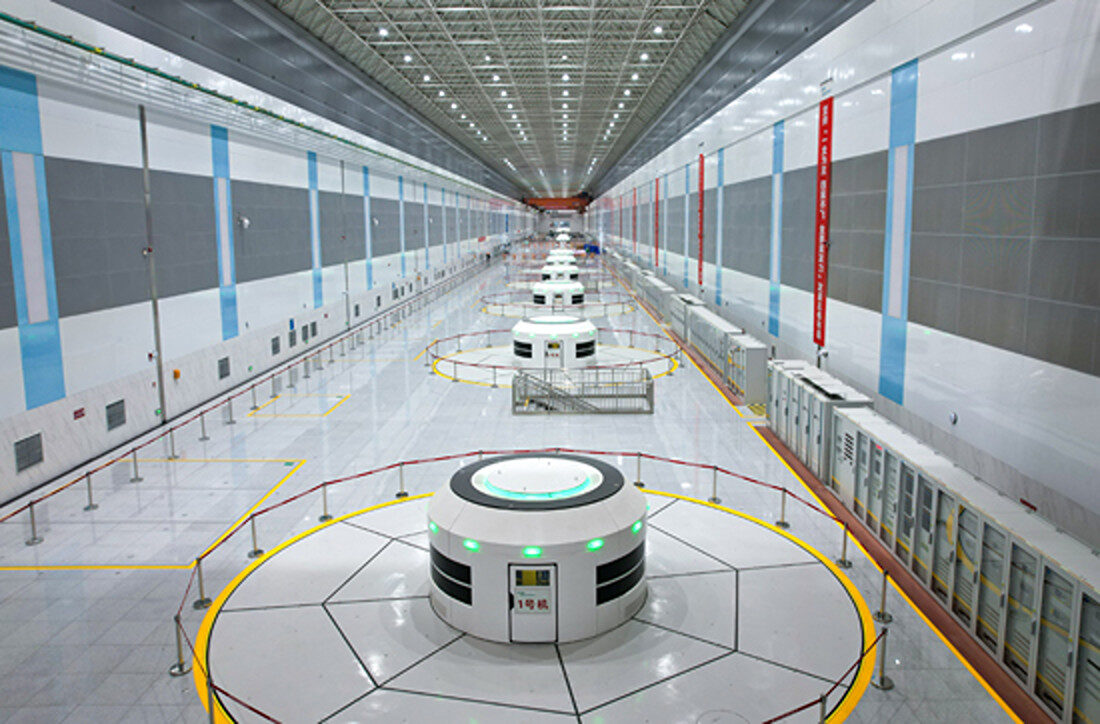Increasing use of renewables, electrification and grid flexibility would structurally ease electricity costs for consumers, increase European competitiveness and reinforce the business case for solar power, according to a new report by SolarPower Europe.
“Mission Solar 2040: Europe’s Flexibility Revolution” examines the interplay between the rollout of PV capacity and the deployment and operation of flexibility solutions in the EU power system, looking at the 2030 and 2040 time horizons. Modelling simulations of investment and hourly EU power system operations over a full year, it analyzes three scenarios with increasing levels of solar PV and
flexibility solutions, namely flexible capacities and flexible demand from electrification.
Modelling shows that electrification and flexibility can slash average day-ahead energy prices by 25% by 2030, and by 33% by 2040, compared to 2023. At the same time, the solar capture prices will be 71% greater in 2030 compared to the baseline, and 54% higher by 2040, supporting the sustainable growth of solar project developers, SolarPower Europe notes.
“Beyond benefit for consumer and developer, electrifying and flexing the system means system-wide cost savings — €30 billion [$32.1 billion] saved by 2030 per year, and €160 billion save by 2040 per year,” the association states.
The report maps out three scenarios through the coming decades: solar-as-usual (SAU), solar + flexibility (SF), and solar + flexibility + electrification (SFE). Compared to SAU, the SFE scenario reduces curtailment – solar energy wasted – by 66% in 2030 and 49% in 2040. The more efficient utilization of solar energy leads to gains across the economy, it finds.
“It is time to take the next step in energy transition,” said SolarPower Europe CEO Walburga Hemetsberger. “We need a flexibility revolution, surrounding renewables with grids, storage and electrification. The new political cycle is an opportunity to build the new energy transition agenda. We call on EU leaders to implement the existing electricity market regulation, set new targets for renewables and flexibility to 2040 and adopt an EU electrification action and investment plan as soon as possible.”
With a flexible, electrified system, more solar can be added to the grid, according to the report. By the end of the decade, the EU could reach 1.2 TW of solar, much higher than the current 750 GW EU Solar Strategy goal. By 2040, the EU could host 2.4 TW of solar, meeting 39% of the bloc’s growing power demand.
Yet flexibility targets do not exist today, explaining the lack of political oversight and progress on that front, according to the association.
Adopting flexibility solutions reduces total energy system costs due to the massive cost savings from the electrification of the heat, transport and hydrogen sector, the report argues. “Annual net system cost savings amount to €32 billion in 2030 and €160 billion in 2040.”
Flexibility solutions would also lower total greenhouse gas (GHG) emissions, it adds. “Carbon emission linked to the additional power demand from electrification are largely counterbalanced by cross-sectoral emission savings from the reduction of carbon-intensive alternatives. Annual net GHG emission savings amount to 151 MtCO2eq in 2030 and 555 MtCO2eq in 2040.”
Building a clean energy system based on renewables, flexibility and electrification is the best way to bring the benefits of the energy transition to Europe’s businesses and citizens and secure the bloc’s overall competitiveness and prosperity, it adds.
To deliver the new energy system, the Mission Solar 2040 report calls on the incoming new EU leadership to:
• Set EU targets for renewables and flexibility for 2030 and 2040
• Improve energy system modelling capacities by strengthening the Agency for European Regulators (ACER) and by setting up a new EU Energy Agency to reinforce energy system forecasting
• Unlock investment in flexibility across the energy system, primarily by ensuring full implementation of agreed electricity market legislation
• Adopt an EU Electrification Action and Investment Plan within the first 100 days of the next Commission’s mandate
This content is protected by copyright and may not be reused. If you want to cooperate with us and would like to reuse some of our content, please contact: editors@pv-magazine.com.



By submitting this form you agree to pv magazine using your data for the purposes of publishing your comment.
Your personal data will only be disclosed or otherwise transmitted to third parties for the purposes of spam filtering or if this is necessary for technical maintenance of the website. Any other transfer to third parties will not take place unless this is justified on the basis of applicable data protection regulations or if pv magazine is legally obliged to do so.
You may revoke this consent at any time with effect for the future, in which case your personal data will be deleted immediately. Otherwise, your data will be deleted if pv magazine has processed your request or the purpose of data storage is fulfilled.
Further information on data privacy can be found in our Data Protection Policy.